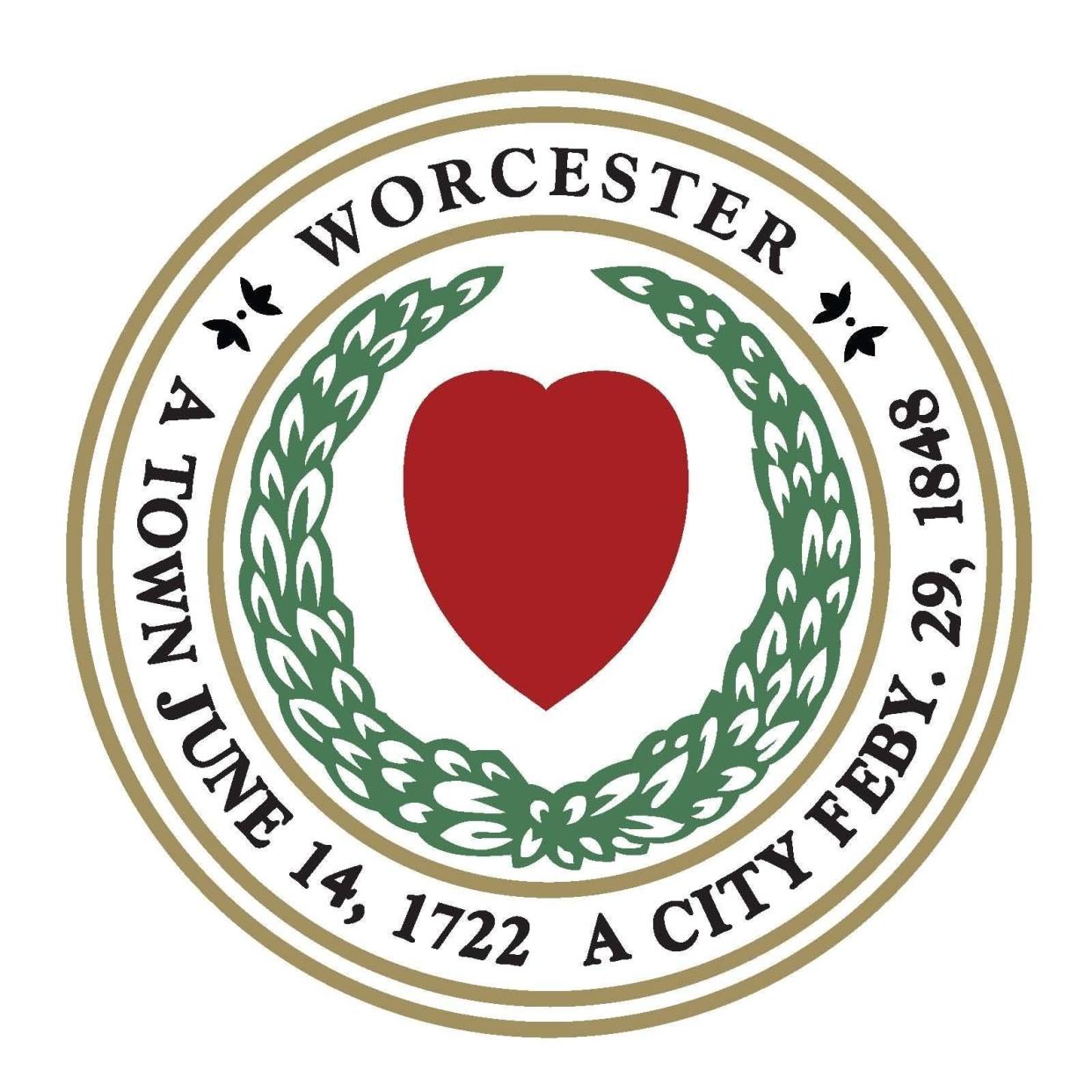Every four years: City of Worcester, born on Leap Day, in line for another birthday

(Correction: This story has been updated to reflect that there was no Leap Day in 1900. Thus Worcester will celebrate its 43rd birthday. The addition of a Leap Day every four years actually makes the calendar longer by 44 minutes, requiring the rare skipping of a Leap Day.)
WORCESTER — The city turns 43 Thursday. If that sounds a little far-fetched to you, the thought of Worcester's birth dating to the 1980s, the world's 5 million leaplings would like a word with you.
On Feb. 29, 1848, the town of Worcester grew up, officially getting its charter as a city. The transition to adulthood came on a Leap Day, meaning a change in the equation for birthdays.
Local history Feb. 29 a special day for Worcester
As the city seal points out, Worcester became a town June 14, 1722, and a city Feb. 29, 1848 (although the seal carries the once preferred abbreviation of "Feby").
Like most Leap Year babies, known as leaplings among those with the rarest of birthdays, Worcester (the city) marks its milestone the day before. In 1998, when the city turned 150, if that's what you want to call it, a daylong celebration was held Feb. 28.
Two years ago, Worcester celebrated the 300th anniversary of its designation as a town. This one involved basic math.
It's said that the added day every four years dates to Julius Caesar, although he likely got the idea from the Egyptians, according to history.com.
More: What is a leap year? Breaking down the science, and history, behind the ancient phenomenon
This article originally appeared on Telegram & Gazette: City of Worcester, born on Leap Day, in line for another birthday

